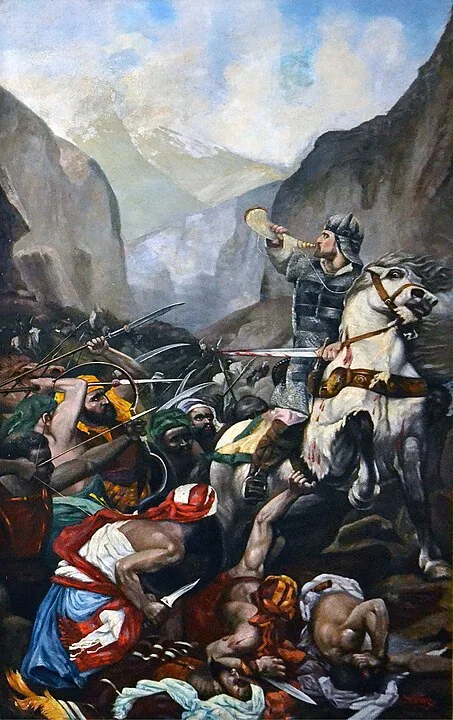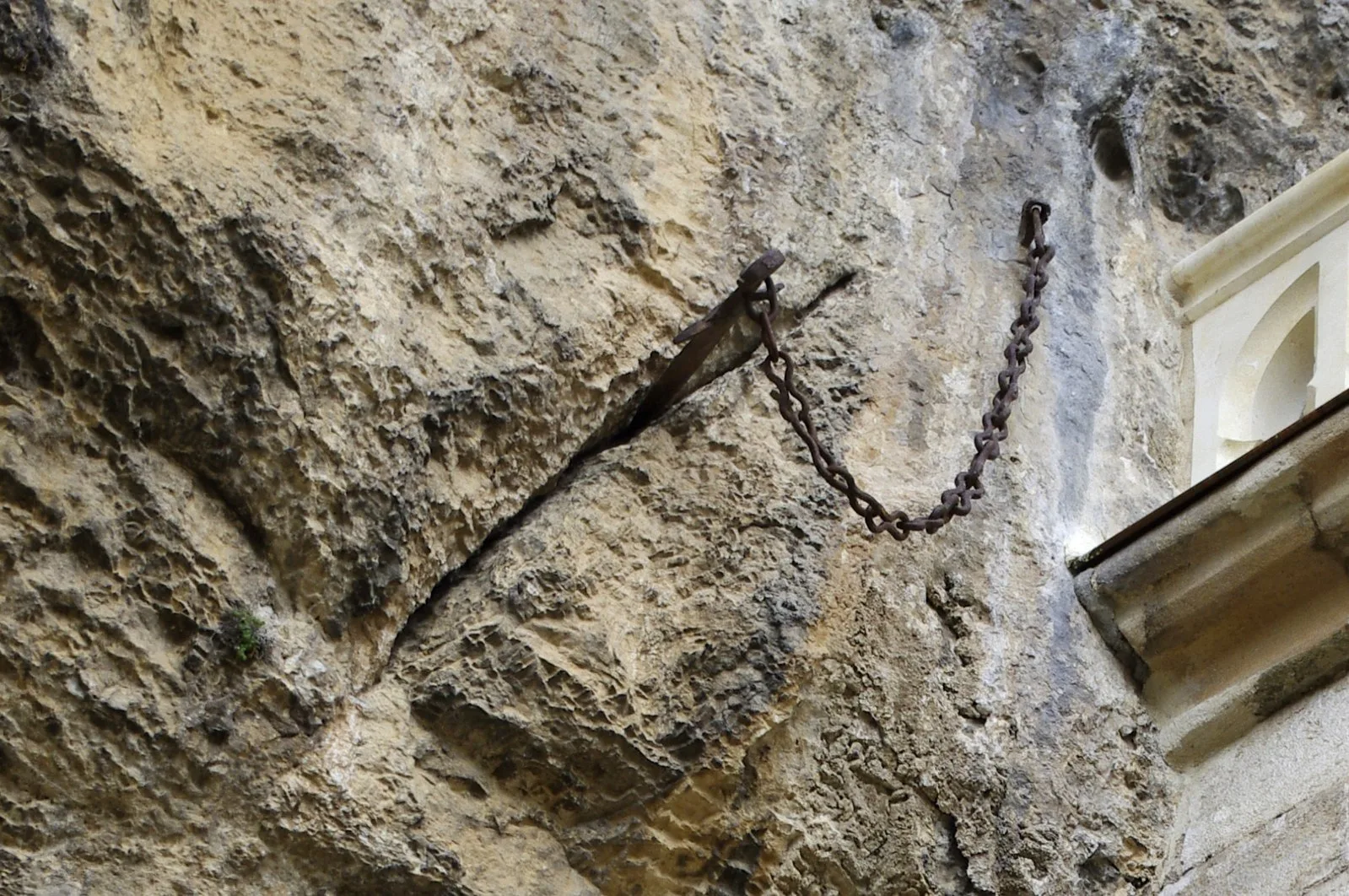The famous Durandal sword, which had been stuck in a rock in the French village of Rocamadour for 1,300 years, has mysteriously disappeared. This sword is similar to the legendary Excalibur and was a popular tourist attraction.
Durnadal was securely chained and embedded about 9.75 meters (32 feet) off the ground in a cliff wall next to the village’s sanctuary. Its disappearance has left the local community devastated and authorities perplexed.
Investigation into the disappearance
The village of Rocamadour has long taken pride in this legendary relic, a centrepiece for visitors and a symbol of the town’s rich heritage. The sudden and unexplained disappearance of Durandal has left the village not only without its prized artefact but also facing the mystery of how it was taken. According to reports the sword vanished sometime between June 21 and 22, 2024.
Local mayor Dominique Lenfant told La Dépêche, “We’re going to miss Durandal. It’s been part of Rocamadour for centuries, and there’s not a guide who doesn’t point it out when he visits.” He added, “Rocamadour feels it’s been robbed of a part of itself, but even if it’s a legend, the destinies of our village and this sword are entwined.”
Police have started investigating the theft of Durandal, but the case has left them baffled. The sword’s high and awkward position made it unreachable, raising questions about how it was removed despite being securely chained and embedded in the rock. Currently, there are no leads or suspects, and local authorities are asking for any information that might help recover the historical artefact.
The disappearance has sparked a flurry of speculation and theories among locals and historians. Some believe it was a well-planned heist, while others think someone might have taken the sword, believing in its legendary powers.
Legend of the sword
The Legend of Durandal stems from medieval French literature and revolves around Roland, one of Charlemagne’s most celebrated knights, also known as a paladin. Roland is a central figure in “The Song of Roland” (La Chanson de Roland), an epic poem that is considered one of the oldest and most significant works in French literature.

Durandal is described as an indestructible sword, bestowed upon Roland by Charlemagne. According to legend, it was forged by the mythical blacksmith Wayland and contained relics of saints, including a tooth of Saint Peter, the blood of Saint Basil, the hair of Saint Denis, and a piece of the raiment of the Virgin Mary. These relics were believed to give the sword its divine strength and indestructibility.
The most famous tale involving Durandal is the Battle of Roncevaux Pass in 778. In this battle, Roland and the rear guard of Charlemagne’s army were ambushed by the Basques. Despite being vastly outnumbered, Roland fought valiantly with Durandal, showcasing the sword’s legendary prowess. As Roland faced defeat, he attempted to destroy Durandal to prevent it from falling into enemy hands. Despite his efforts, the sword remained unbroken. In desperation, Roland struck a rock with the sword, creating a deep cleft in the mountain, but Durandal remained intact. Eventually, Roland succumbed to his injuries and died, but the sword’s legend lived on.
The legend of Durandal may or may not be true but the disheartening impact it has left on the people of Rocamdour is real. The locals hope the illustrious sword will be soon found and restored to its original site. The story of the disappearance will add a new chapter to the long history of Roland and his indestructible sword.
